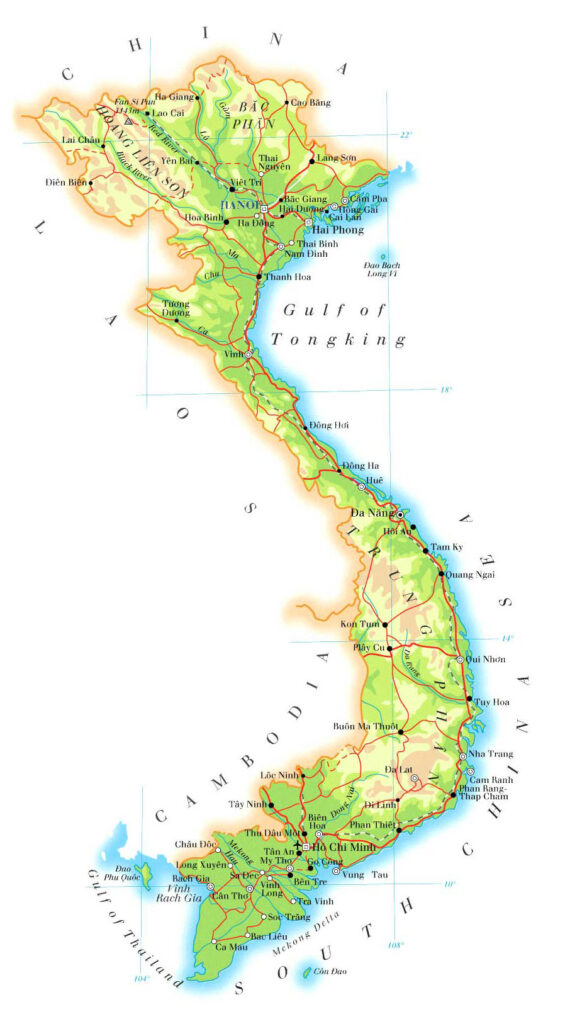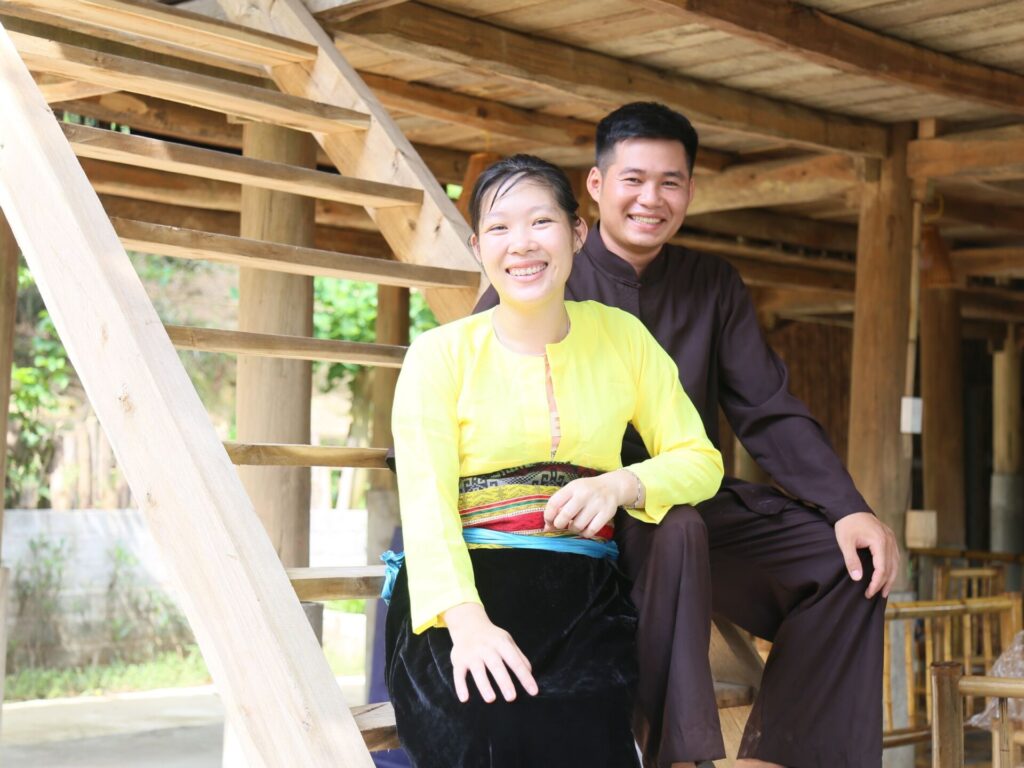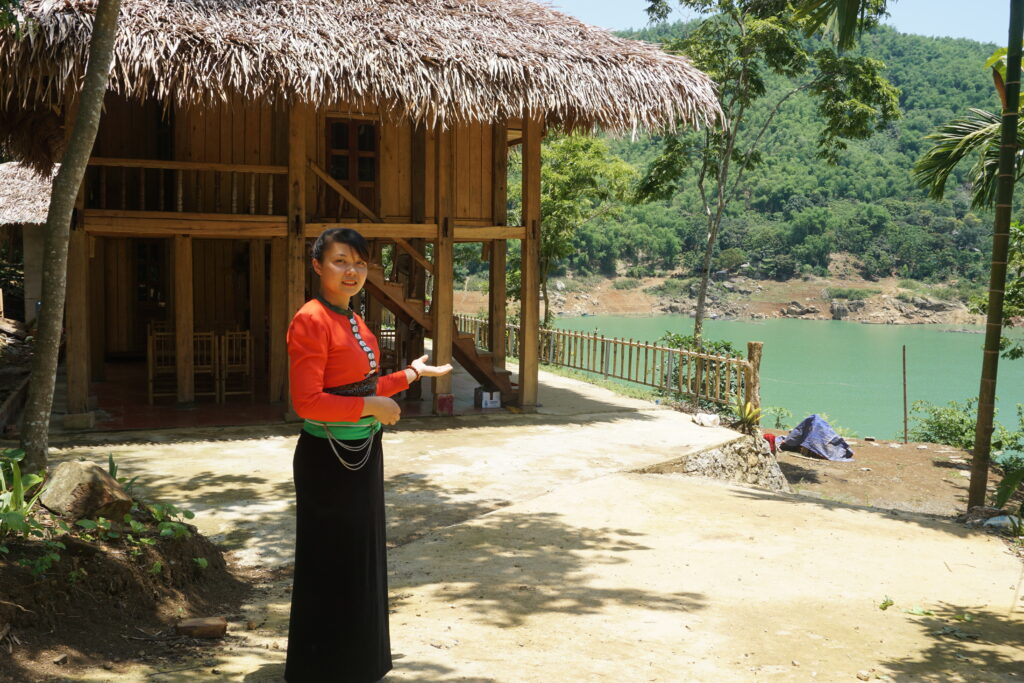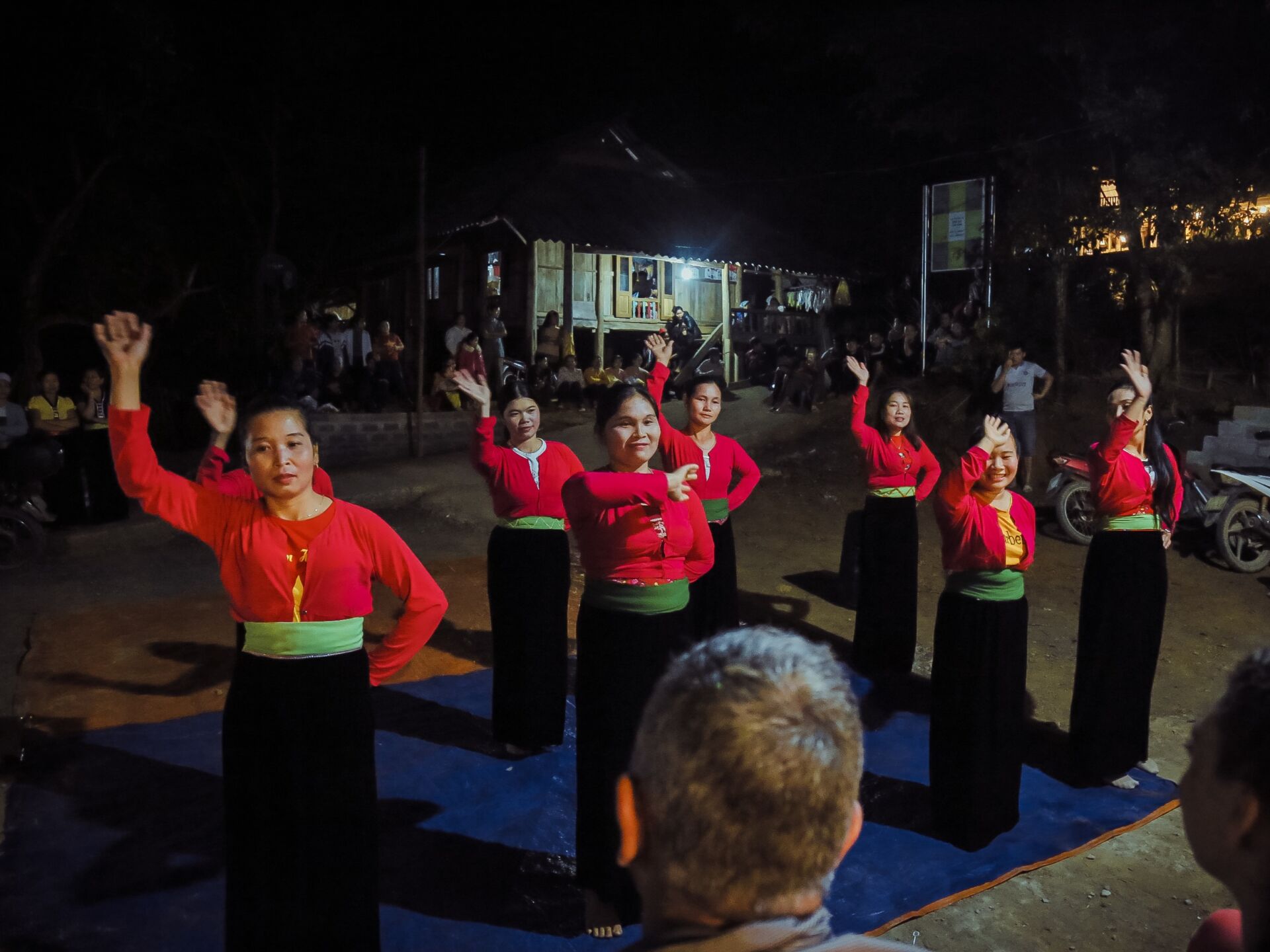Vietnam, known as the land of “Ascending Dragon” for its geographical shape on the map, is home to 54 ethnic groups each with their own unique identity and culture. In the past few years, Vietnam has become a popular South Asian destination with 15.5 million tourists visiting the country in 2018 alone. This boasts its potential to be a major tourism destination.
Ha long Bay, the capital of Hanoi and Ho Chi Minh have attracted tourists from the world over for their astounding beauty and warm hospitality.
A land of staggering natural beauty and cultural complexities, of dynamic megacities and hill-tribe villages, Vietnam is both exotic and compelling. A little inroad into the country you would find several hidden treasures of Vietnam waiting to be explored and seen by the world. Situated on the Annamite mountain range in the easter Indochinese region, the mountain regions house the majority of the ethnic groups in the region and ranks as 16th most rich nation in terms of biodiversity.


Ascending Dragon shaped map of Vietnam
Perfect fusion of tourism and culture
Vietnamese cuisine as a whole is concentrated more towards a vegetarian diet which includes rice and vegetables as the main course and further diversified by aqua products. Boiling is a special way of cooking by the Vietnamese people.
The country is also the second-largest producer of coffee and it’s a must-try during your visit to Vietnam. Locally knowns as ‘ca phesua da’, made by adding a layer of condensed milk and brewing it with a layer of drip coffee.
The traditional houses of the country are built on stilt structures for stability and crafted from local wood of the region. The houses have been built on stilt structure withstand flooding, especially in the countryside. The people in the country prefer to wear light clothes suiting the tropical environment of the region. ‘Ao dài’ is the national dress of Vietnam and is worn on special occasions by both men and women. The dress features a long silk tunic with slits on the sides that is worn over pants and often includes a matching fabric headpiece.
Religion in Vietnam is an infusion of the three great religions of East Asia—Confucianism, Taoism, and Buddhism—onto which had been added a rich variety of preexisting animist beliefs.
A land of diverse ethnic groups, Vietnam is a host to several festivals the most prominent of them being “Tet Nguyen Dan” which marks the beginning of the Lunar New Year. During this time of the year, the families get together to and indulge in rituals such as going to the temples, distributing flowers, and worshiping local deities. The best months to visit Vietnam are March to April (The spring season) and September to November (The winter season) when the days are usually warm and sunny.


Building responsible tourism in Vietnam
Vietnam has traditions dating back to the 4000 BC and with culture and heritage, it is really important to preserve the culture of the country as well as bring opportunities for development to the people of Vietnam.
Like many regions across the world, few cities in Vietnam bear the stress of the majority of the tourists visiting the country, and communities living in the hinterlands often migrate to the cities or popular tourist areas in search of livelihood opportunities leaving behind their traditions and values.
Further, the concentration of tourists in a few select few destinations brings challenges of its own and often causes irreversible damage to the ecosystem and culture of the region. Mountain Homestays has long endeavored to protect the age-old cultures and empower the mountain communities across the world. We through our initiatives have been able to bring the right set of audience to the local communities, who are both responsible in the way they travel and are appreciative of the traditions and cultures of the region and is continuously expanding its network in various regions of the world to create an impact in many more communities across the world.


How Community Based Tourism Works in Vietnam?
With the exponential growth in tourism, developing community-based tourism (CBT) initiatives hold a promising future of bringing development to the ethnic minorities of the country. The country over the past few years has seen the development of various initiatives near the capital city of Hanoi. The initiatives in the Sapa, Cao Bang and Hao Binh province have gained good traction in recent years and has been host to various people from across the world.
Each province boasts of unique features and landscapes ranging from deep valleys to river deltas and takes you on a journey of exploration, into the cultures of these ethnic communities of Vietnam. With growing support from International Organizations and strong support from the local government, Vietnam is well capitalizing on CBT initiatives for the development of these communities. There are multiple examples of these initiatives that are spread throughout the region.
With over 200 species of animals and 800 species of birds, there is also a huge potential for developing Nature-based tourism and bringing responsible travelers to preserve the flora and fauna of the region.
At a distance of three hours from the Hanoi, the Dao community recently opened its doors to the visitors and have developed comfortable homestays to host tourists from across the world.
The tourists can now explore over 300-year-old traditions and breathtaking landscapes of this region. The inhabitants of the region primarily engage in agriculture and handicrafts.
Hao Binh, a mountainous region in the Northwestern Region of Vietnam is home to the Dao, Muong, and Tay community. “Hao Binh”, literally meaning peace in the local language has been a relatively untouched and less traveled province in Vietnam.
Dabac, also known as ‘in-land Ha Long’ is a must-visit destination for tourists travelling to Vietnam. A tour of the region takes you through a cultural journey into three different communities each taking you into an immersive experience of local art and heritage. The region is characterized by similar stilt Bamboo Housesseen across the country and is popular for local fish and traditional textiles. The people visiting this region must also take the traditional Herbal bath and dance to the folk songs of the local community.


Mountain Homestays in Vietnam
Mountain Homestays have deeply engaged and worked with the communities of Ladakh to provide livelihood access and give the world a glimpse into the culture and traditions of Ladakh.
Though starkly different in terms of landscape and ecology the communities of Vietnam face similar issues as faced by those of Ladakh. With a deep knowledge of building sustainable tourism and empowering the communities of Ladakh Mountain Homestays has been making inroads into Vietnam to extend our expertise and empower many more mountain communities across the world. We have been slowly expanding in Vietnam to solve the challenges of the local community and expand in multiple other geographies across the world.
Tourism contributes over 10% of the world GDP and Mountain Homestays have been leveraging this force to bring livelihood access to communities across the world. We work closely with the communities and understand the areas of development. Mountain Homestays is expanding into multiple destinations across the world and constantly bringing new experiences and homestays run by the local communities in a responsible and sustainable manner. Through our various initiatives, we also endeavor to bring innovative technologies and experiences to the destinations for the inclusive growth of the population of the region.

